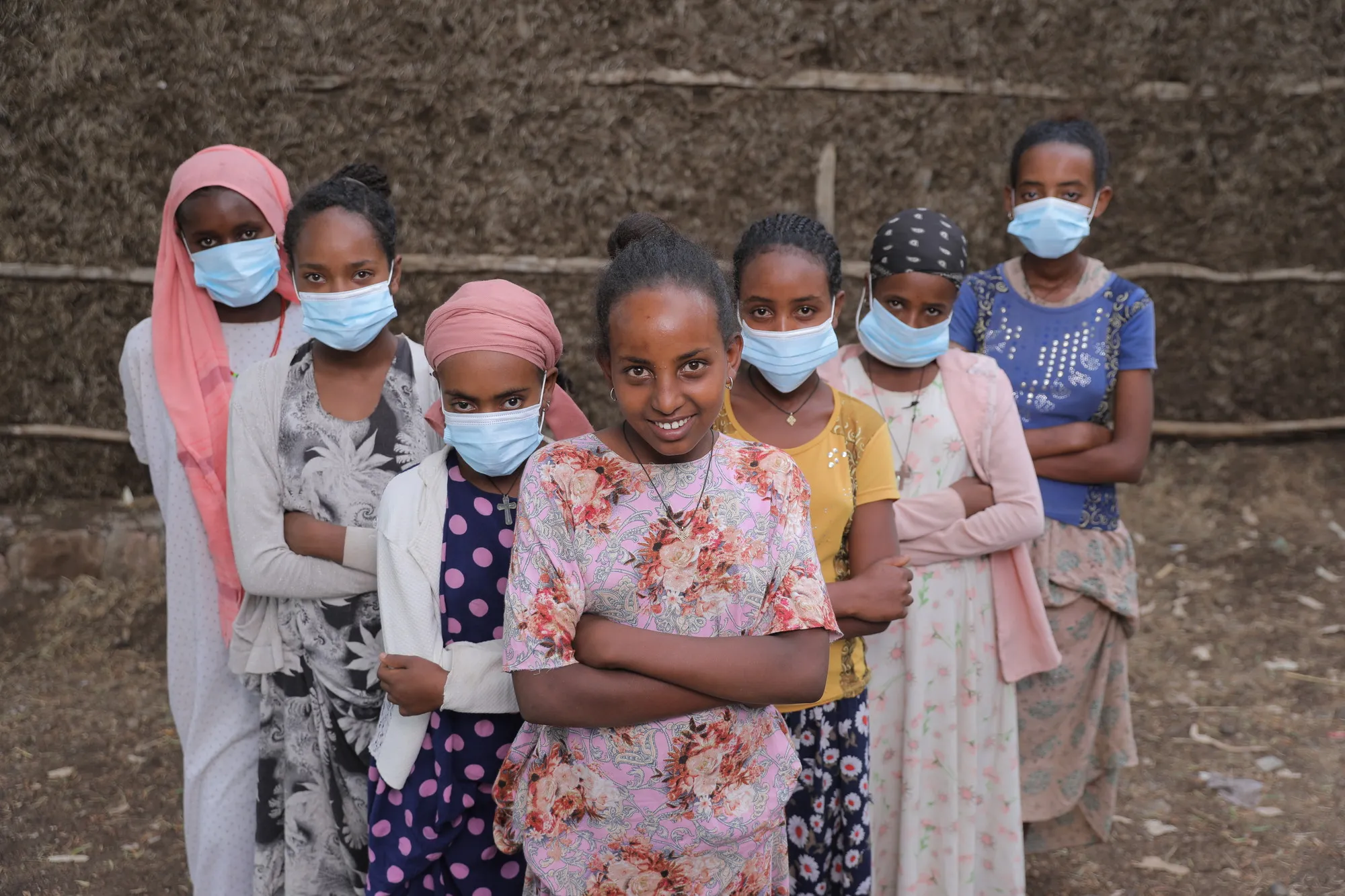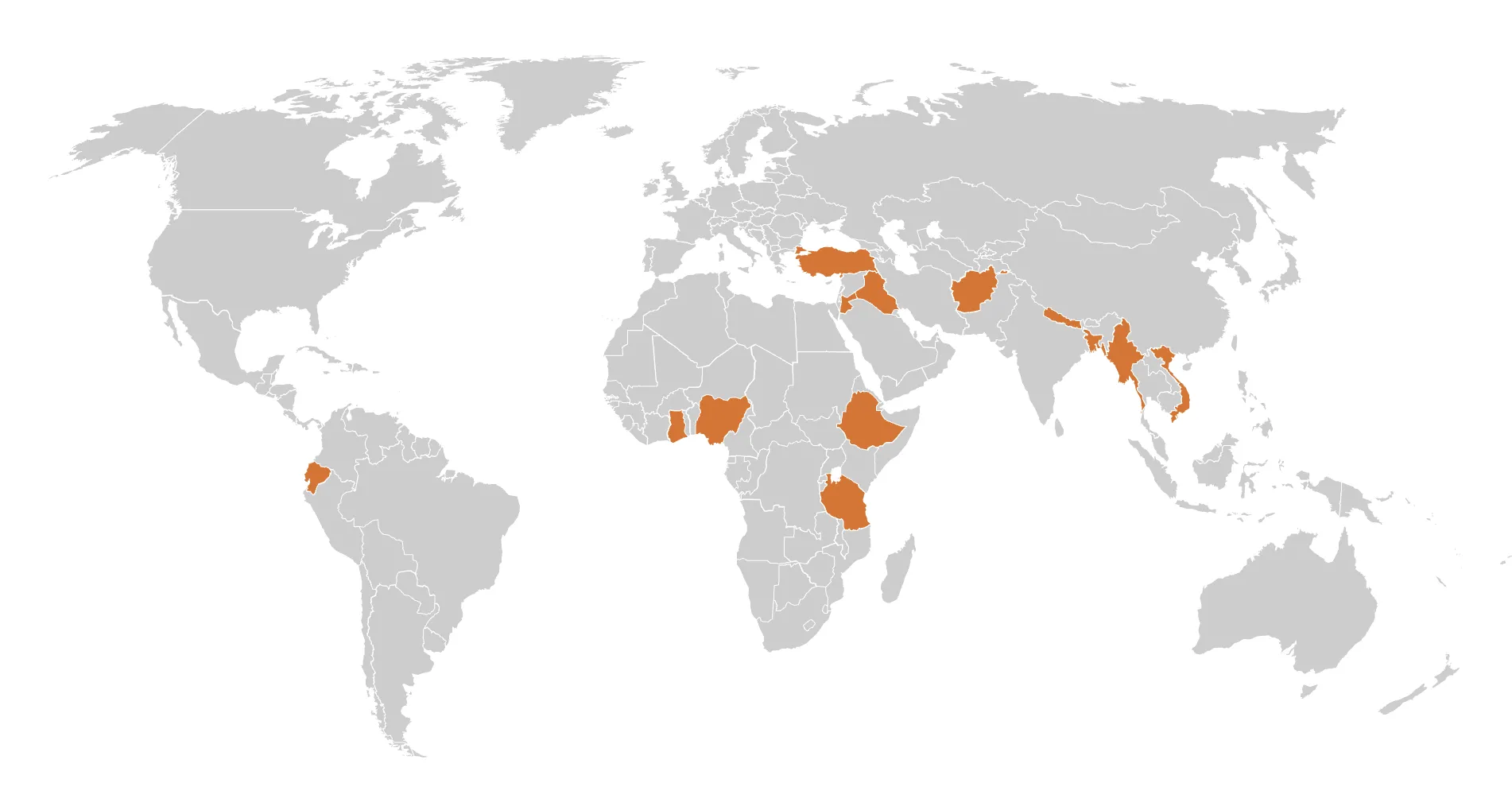TL;DR
What we did: Compared data between the Gender Equality at Home survey and CARE’s Women Respond data in 13 countries to understand how COVID-19 impacts women and men differently.
Why it matters: The datasets look at very different people—Gender Equality at Home surveys active Facebook users; Women Respond targets people who are usually left out of “big data.” Understanding the experiences of both groups is critical to good COVID-19 response
What we learned: Everyone agreed that major impacts of COVID-19 were livelihoods, mental health, and education. Impacts were more extreme for women in Women Respond, and in Women Respond, food was another major problem.
Gender Equality, Data, and COVID-19
COVID-19 may be the most closely monitored crisis in history, with massive datasets available for many countries and variables. But those impacts—and the data collected about them—is not necessarily neutral. Evidence shows that women and men are experiencing the COVID-19 pandemic very differently, but that evidence can be hard to come by. Frequently, data is not sex-disaggregated, leaving out women, girls, and non-binary people. To take just one example, only 47 countries have reported sex disaggregated data on vaccines in the last 2 months.
To shed light on the differences in men’s and women’s experiences in COVID-19, both CARE and Meta (formerly Facebook) collected data in 2021 to show these impacts worldwide in a diversity of demographics of the participating population in each country and region (see graph 1). Using similar questions, Meta launched the second round of the Survey on Gender Equality at Home (designed in partnership with CARE), and CARE continued the Women Respond initiative. Meta’s survey was conducted online, while CARE’s surveys are largely conducted offline, so each represent different communities. Comparing the findings from these two datasets sheds light both on women’s experiences in COVID-19, and on the critical importance of understanding who we’re talking to, and triangulating data from multiple sources.
For the purposes of this article, we restricted data analysis to the countries where both CARE and Meta collected data—a total of 13 countries.


